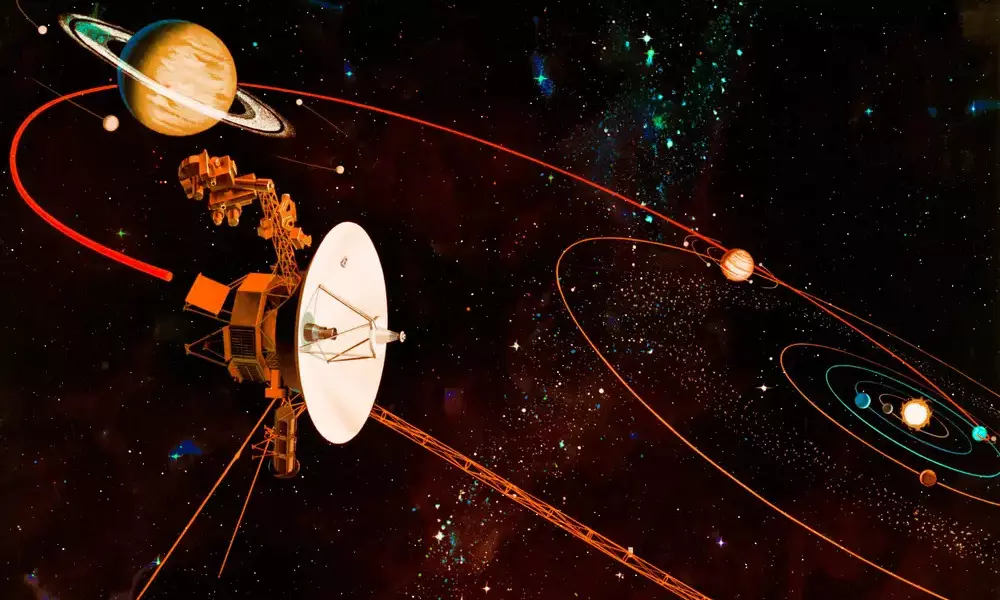
NASA loses contact with Voyager 2 spacecraft after wrong command cuts contact
text_fieldsAmerican space agency NASA has temporarily lost contact with Voyager 2 space probe after the flight controllers accidentally sent a wrong command more than a week ago that titled its antenna away from Earth.
The spacecraft's antenna shifted a mere 2%, but it was enough to cut communications.
Voyager 2 is the second-farthest man-made object sent into space and is currently located more than 12.3 billion miles (19.9 billion kilometres) from Earth. It is the successor to Voyager 1 and the second spacecraft to enter interstellar space.
The scientists lost contact with the space probe on July 21 after a series of planned commands inadvertently caused Voyager 2 to angle its antenna away from Earth, said NASA's Jet Propulsion Laboratory (JPL) in a statement.
"This change has interrupted communication between Voyager 2 and the ground antennas of NASA's Deep Space Network (DSN). Data being sent by the spacecraft is no longer reaching the DSN, and the spacecraft is not receiving commands from ground controllers," the JPL further said.
According to a report, the Canberra antenna, which is part of NASA's DSN, will send the correct signal to Voyager 2 hoping that it hits its mark. Otherwise, NASA will have to wait till October.
It takes more than 18 hours for a signal to reach Earth from so far away.
"Voyager 2 is programmed to reset its orientation multiple times each year to keep its antenna pointing at Earth; the next reset will occur on Oct. 15, which should enable communication to resume. The mission team expects Voyager 2 to remain on its planned trajectory during the quiet period," the JPL said in the statement.
Voyager 2, launched from Florida in 1977 to study the outer solar system, joined its twin on December 10, 2018.
Voyager 1 and 2 were designed to take advantage of a rare planetary alignment to study the outer solar system up close. Voyager 2 studied Jupiter, Saturn, Uranus and Neptune.
 Also Read: Euclid Space Telescope's first test images out, ready to unveil dark matter mysteries
Also Read: Euclid Space Telescope's first test images out, ready to unveil dark matter mysteries























